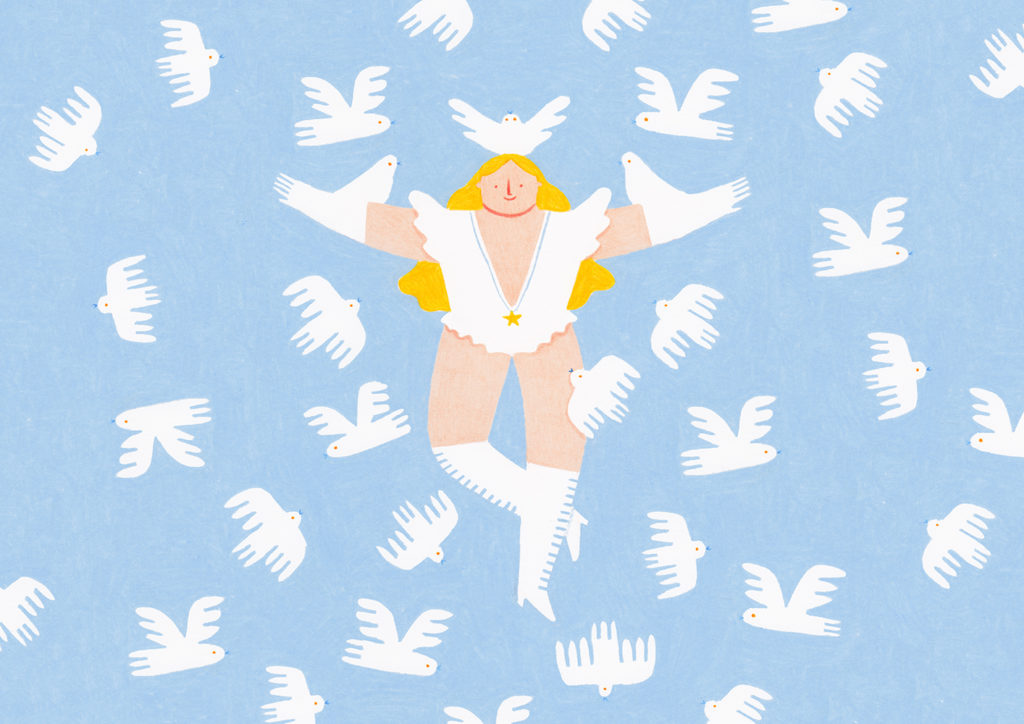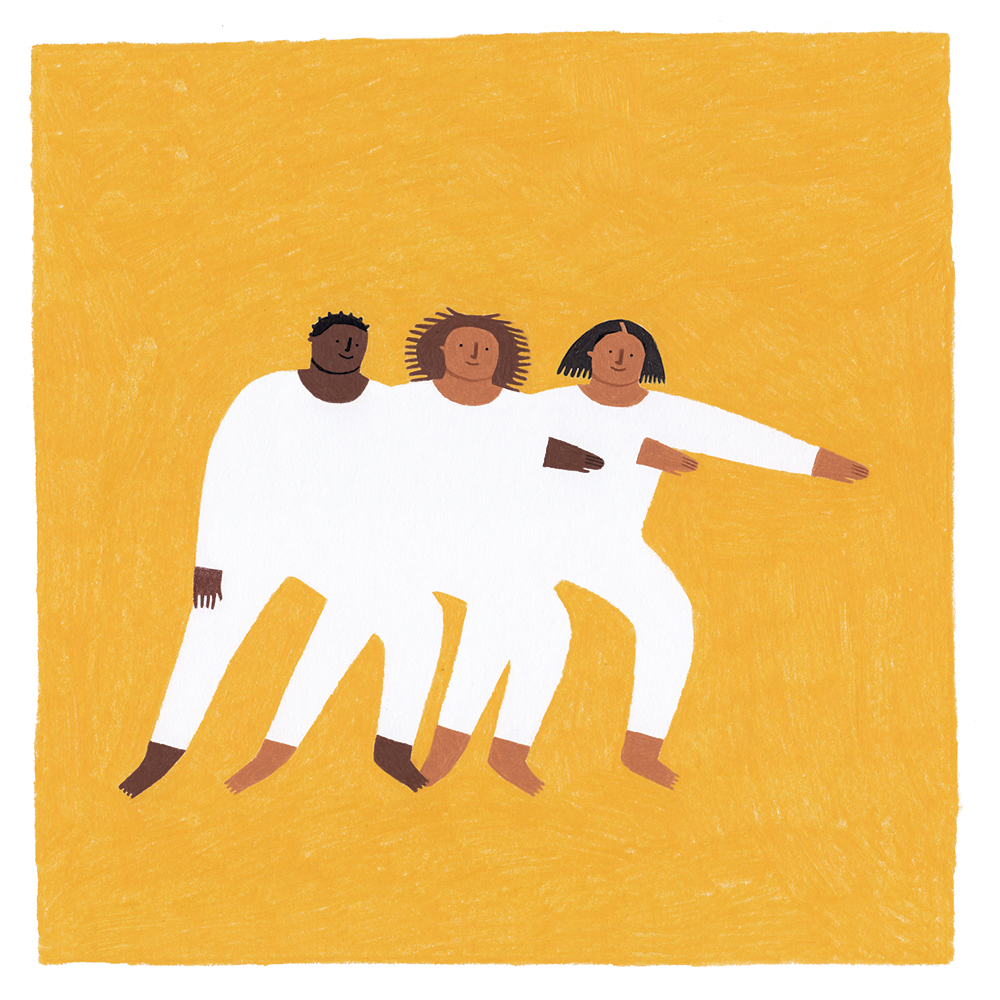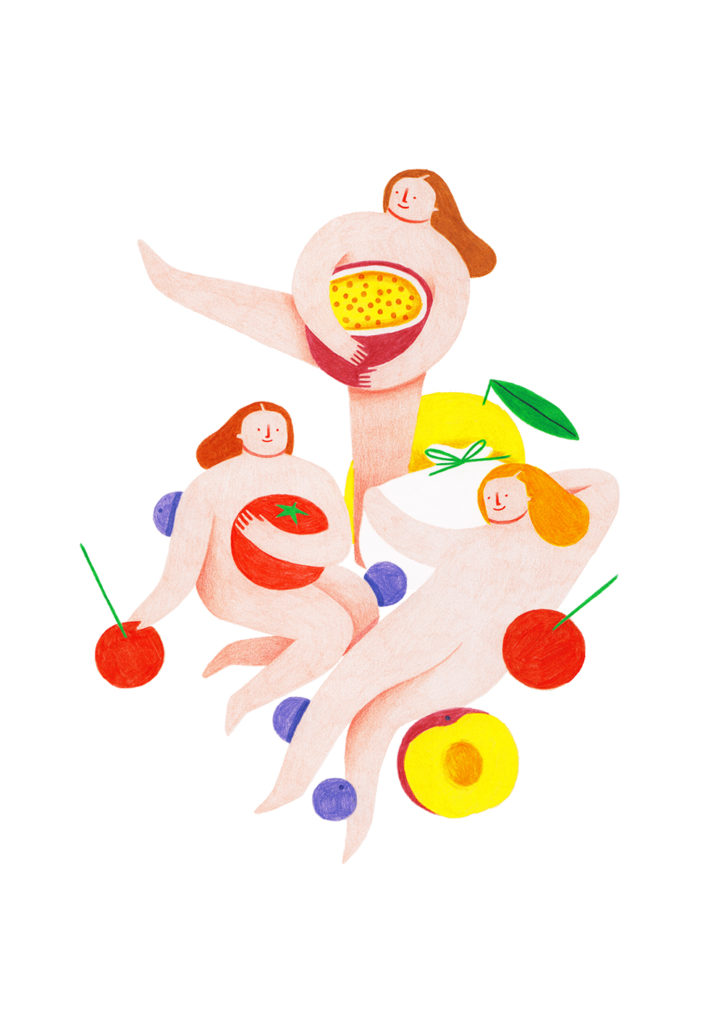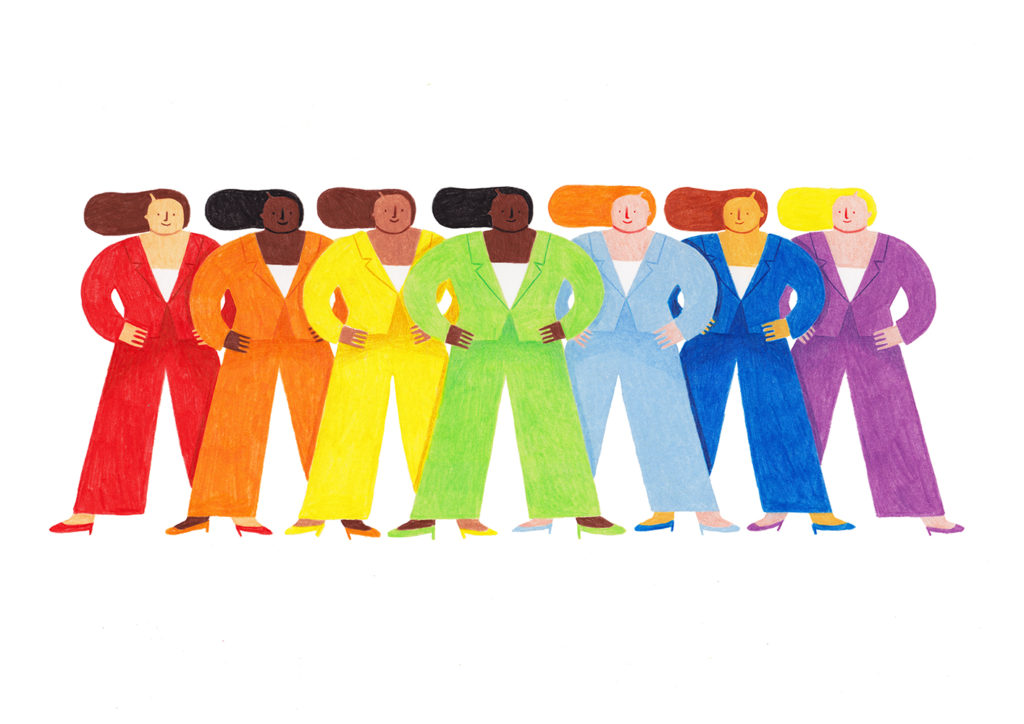From Italy With Love: We Speak to Illustrator Eleonora Arosio
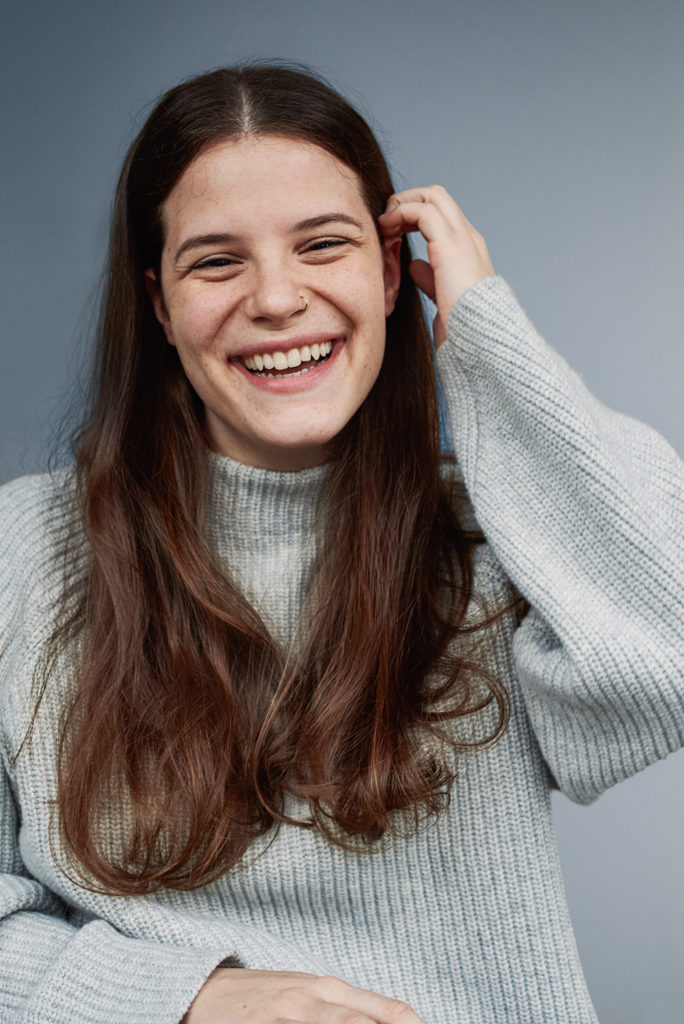
We spoke to illustrator Eleonora Arosio about the changing face of women in illustration, the culinary pressures of being an Italian abroad and the inspiration behind the new work she created for our exhibition ‘The World in Words’.
Eleonora’s colourful pencil work, bursting with life, and populated by friendly and fearless female characters, has earned her plenty of attention, as well as an enviable client list, which includes The Daily Telegraph, Anorak Magazine and, most prestigious of all, transcreation agency franklyfluent (ahem).
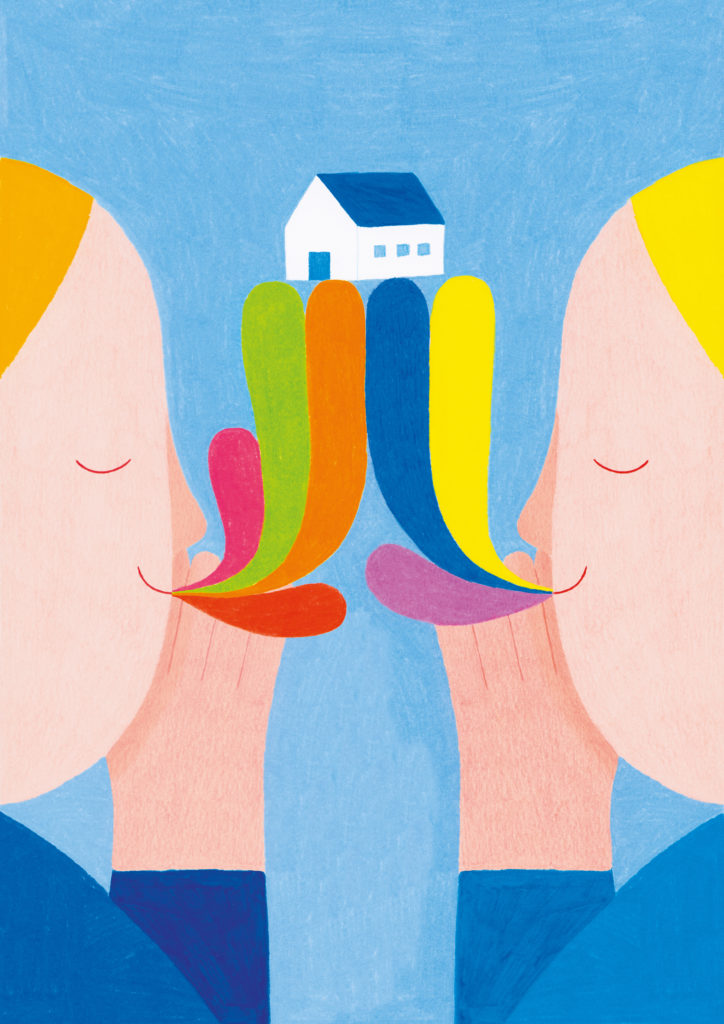
Eleonora’s illustration of ‘Home’
The World in Worlds campaign saw us bring together artists from around the world, with the aim of illuminating the extraordinary diversity that exists inside words. Can you tell us a bit about the inspiration behind the piece you created, depicting ‘home’?
As soon as I heard the word ‘home’ Natalia Ginzburg’s ‘Lessico Famigliare’ (‘Things We Used to Say’) came to mind. The story is about the ordinary life of an Italian family, and lots of the details in it resonate with me, as I imagine they do with many others. There’s one extract in particular that always makes me emotional:
We are five brothers, we live in different cities, some of us are abroad, and we do not write often. When we meet, we can be indifferent or distracted with each other. However, a word, just a word, a sentence, is enough: one of those old phrases, heard and repeated endless times, in the time of our childhood […] those phrases are our Latin, the vocabulary of our days gone, they are like the hieroglyphs of the Egyptians or the Assyrians-Babylonians, the testimony of a vital nucleus that has ceased to exist, but that survives in its texts.
And that’s where the inspiration for this drawing came from – it revolves around the idea of words and how ‘family sayings’ make a home. Our family, our home, are carried with us in our memories, the things we say, the things we have created together.
You’ve lived in lots of different countries. What’s it like being an Italian abroad?
A funny thing I’ve noticed is that there’s lots of pressure on your cooking skills: people expect you to cook amazingly. Other than that, there’s normally a big interest in different cultures and people want to talk and exchange experiences. I think that’s one of my favourite things about travelling and living abroad, there’s always something to learn and teach.
As linguaphiles, we love words and phrases that represent something unique to a culture, or which don’t translate easily. Can you think of any words or phrases like that which exist in Italian?
I’ve actually just started a little personal project about this: I’m collecting Italian idioms or words that don’t translate and I’m re-imagining them as illustrations. One of those (and it’s a favourite of mine) is ‘conosco i miei polli’, which literally translates to ‘I know my chickens’: whenever a person does something you expected them to do, it’s because you know them – you know your chickens.
Have you found that living in another culture affects the way you work?
I think being surrounded by different cultures has been a big influence. It happened at the same time as the new wave of feminism of recent years. I realised that I was not being inclusive enough in my illustrations, and this became pretty important to me: I thought of when I was a kid and how in each illustrated book I owned, I identified with a character, and the more they looked like me, the more I identified with them. That’s when I started drawing people of colour, and London was a big influence on that, more specifically my experience teaching art in school gave me lots of little muses: their accessories, their beautiful natural hair and the rainbow of different colours and ethnicities.
Your boyfriend is Australian. Do you ever encounter any cultural misunderstandings or miscommunications being in a cross-cultural relationship?
My boyfriend always corrects me because I don’t say thank you enough, for example when I ask for a coffee at the bar. Italians actually don’t say thank you that often in those situations. For us, it’s more important to use our voice in a kind way to communicate respect and politeness.
You studied fine art; when did you decide to specialise in illustration?
When I finished my degree, which is ironic. I studied fine art, which led me down the contemporary art path, a path I never really wanted to follow, but at that time I was trying to find my real calling in the creative field. During my last year of university I just wanted to grab a pencil and draw, draw anything, without too many structures like the ones I felt existed when trying to make contemporary art.
There seems to be a movement happening at the moment, spearheaded by artists like yourself, Cécile Dormeau and Laura Callaghan, whereby female illustrators are diversifying how women are depicted. Why do you think that might be?
I’ve always preferred drawing women, and that applies to all the biggest artists in history: since the beginning of time, women have had a stronger charm and shape. I think right now this is happening because we are taking more control of our bodies and the kind of messages we want to send out: we’re literally grabbing our pencils and drawing who we are, and we’re not letting men do it for us. Everyone should be able to tell their own story, whether it’s about their gender, colour or identity.
Love this? Get more.
